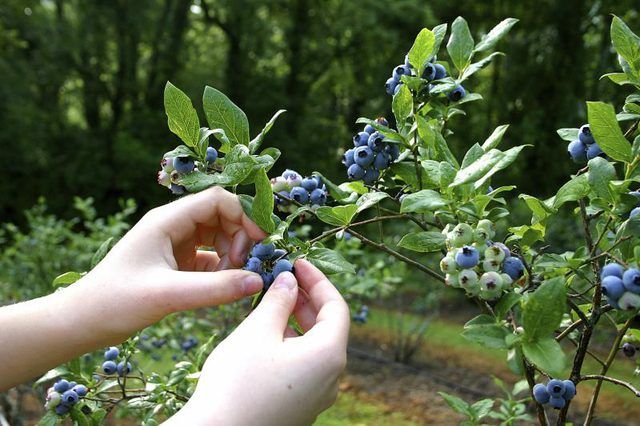Bulbs
Flower Basics
Flower Beds & Specialty Gardens
Flower Garden
Garden Furniture
Garden Gnomes
Garden Seeds
Garden Sheds
Garden Statues
Garden Tools & Supplies
Gardening Basics
Green & Organic
Groundcovers & Vines
Growing Annuals
Growing Basil
Growing Beans
Growing Berries
Growing Blueberries
Growing Cactus
Growing Corn
Growing Cotton
Growing Edibles
Growing Flowers
Growing Garlic
Growing Grapes
Growing Grass
Growing Herbs
Growing Jasmine
Growing Mint
Growing Mushrooms
Orchids
Growing Peanuts
Growing Perennials
Growing Plants
Growing Rosemary
Growing Roses
Growing Strawberries
Growing Sunflowers
Growing Thyme
Growing Tomatoes
Growing Tulips
Growing Vegetables
Herb Basics
Herb Garden
Indoor Growing
Landscaping Basics
Landscaping Patios
Landscaping Plants
Landscaping Shrubs
Landscaping Trees
Landscaping Walks & Pathways
Lawn Basics
Lawn Maintenance
Lawn Mowers
Lawn Ornaments
Lawn Planting
Lawn Tools
Outdoor Growing
Overall Landscape Planning
Pests, Weeds & Problems
Plant Basics
Rock Garden
Rose Garden
Shrubs
Soil
Specialty Gardens
Trees
Vegetable Garden
Yard Maintenance
Where Do Wild Huckleberries Grow?
Where Do Wild Huckleberries Grow?. Mark Twain's Huckleberry Finn is from nowhere but Missouri, but the shrub whose name he bears is not so easy to place. Varieties of huckleberry thrive around the nation, traveling under different scientific names. Most species of huckleberry look very much like blueberries, but each has its own preferred habitat.

Mark Twain's Huckleberry Finn is from nowhere but Missouri, but the shrub whose name he bears is not so easy to place. Varieties of huckleberry thrive around the nation, traveling under different scientific names. Most species of huckleberry look very much like blueberries, but each has its own preferred habitat.
Huckleberry Blues
Only a practiced eye will be able to distinguish between blue huckleberries (Gaylussacia frondosa) and blueberries (Vaccinium spp.). In fact, blueberry varieties are often incorrectly termed huckleberries even by some garden experts, according to the Cornell Cooperative Extension. But all you have to do is eat a few berries to be sure; huckleberries have 10 large seeds in each small fruit, so they crunch when you bite, unlike blueberries. Both prefer acidic soil and like loose, well-drained soil. Huckleberries like a placement with some shade.
Blue Huckleberries
Huckleberries of the Gaylussacia genus are short, bushy plants some 18 to 36 inches tall. They thrive in U.S. Department of Agriculture plant hardiness zones 7 through 9. Two varieties exist in the wild, with different native growth areas. Look in pine forests in the southeastern coastal plain for Gaylussacia frondosa var. tomentosa, found most frequently in Alabama, Florida and Georgia. The second variety, Gaylussacia frondosa var. frondosa, is native to the Piedmont region of the Southeast. At home, position these huckleberries where they get morning sun but afternoon shade.
Huckleberries by Any Other Name
In the Pacific Northwest, people, including the U.S. Forest Service, attach the common name of huckleberry to specific fruiting shrubs within the Vaccinium genus. For example, Idaho's state fruit is commonly called big, black or thinleaf huckleberry (Vaccinium membranaceum), which grows to 5 feet tall and prefers higher elevations: 2,000 to 11,500 feet above sea level. You'll find it in the wild in cooler mountainous areas like Alaska, Montana, and the Cascade and Rocky Mountains, where it grows as an undercrop in subalpine forests. It is generally found on moist, moderately deep, well-drained soils in USDA zones 4 through 8. According to the University of Idaho, this shrub has never been successfully cultivated.
Red Huckleberry
The term "red blueberry" would be internally inconsistent, which may be why the common name for this red-berried bush is red huckleberry (Vaccinium parvifolium). This huckleberry is found in shady coastal forests in the Pacific Northwest, generally prolific on old dead logs or broken trees growing some 10 feet tall and 6 feet wide. The shrub is fond of organic soil, and decomposing stumps provide the nutrients it requires. Look for smooth, rounded leaves and berries that ripen early, in the first days of summer. Berries are red and tangy, beloved by wildlife and good for jam. The red huckleberry grows best in USDA zones 6 through 8.